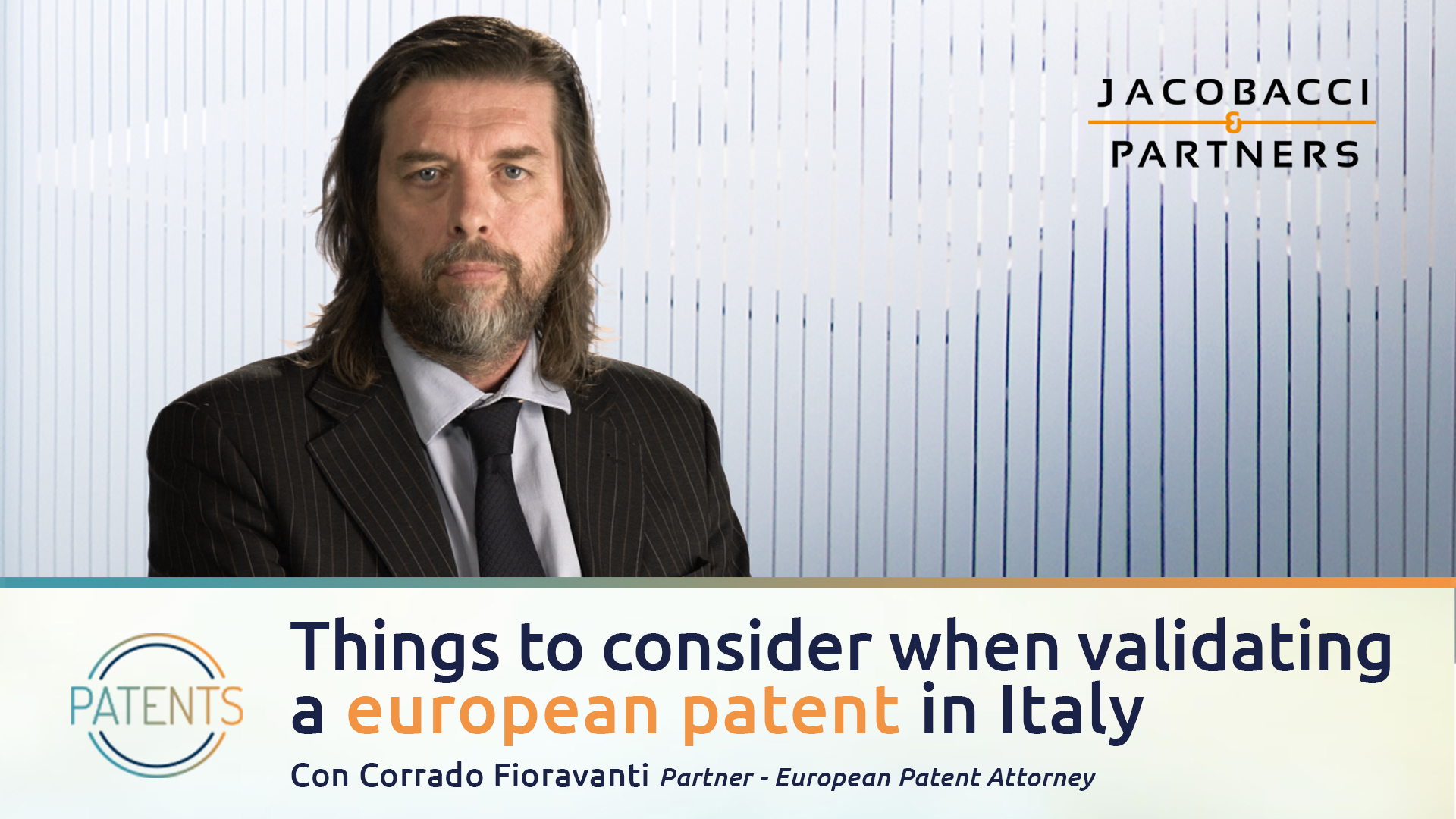Clarifying previous case law, the Supreme Court has stated that when two semi-identical European and Italian patents exist for the same invention and the European patent is rejected by a final decision, Italian courts are free to ignore the European decisions and conclude that the Italian patent remains valid under Italian law.
One invention, two patents
A recent Supreme Court ruling (22984, 16 September 2019) has clarified the complex matter of concurrent protection offered by an Italian patent and a parallel European patent validated in Italy, granted for the same invention and with the same filing or priority date. Article 59 of the Industrial Property Code states that the European patent validated in Italy prevails over the Italian national patent that protects the same invention. The Italian patent ceases to have effect on the date on which the European patent is no longer opposable or the European patent has survived an opposition
procedure.
A question of leather processing machines
The court’s ruling solved a dispute between a manufacturer of components for leather processing machines and a competitor. The first company owned both an Italian patent relating to an engraved cylinder for finishing hides and a corresponding European patent validated in Italy, which claimed the priority of the Italian application. A
competitor had filed an opposition against the European patent before the EPO. The opposition was rejected and the patent was confirmed in its granted form. The opponent promptly appealed the decision of the opposition division. It introduced new evidence during the procedure, which were admitted by the Court of Appeal even though the patent owner had claimed that they were filed beyond the term. The appeal ended with the revocation of the European patent, overturning the decision of the opposition division. As per Article 112 (a) of the European Patent Convention (EPC),
the patent owner requested the review of the appeal decision. While an appeal against an EPO decision suspends the appeal decision in accordance with Article 102(1) EPC, a petition to review an appeal decision does not have the
same effect, as per Article 112a (3) EPC.
Negative decision by Venetian court
Based on Articles 112a (3) and 59(b) of the Industrial Property Code, the Court of Venice was asked to judge the validity of the Italian patent and the corresponding European patent, which was still pending petition for review of the European appeal decision. The court considered the Italian patent to be rejected as a result of the rejection of the corresponding European patent, by applying a wide interpretation of the preeminence of the European patent over the Italian patent. It concluded that just as a European patent maintained after an opposition prevails over the Italian patent, a European patent rejected after an opposition takes with it the Italian patent, which should be considered equally invalid.
A different decision by the Supreme Court
The Supreme Court overturned the Court of Venice’s decision. It argued that Article 59(b) of the Italian Industrial Property Code does not apply where a European patent is rejected after an opposition. Further, Article 59(b) relates to the opposite hypothesis, (ie, the maintenance of the European patent after an opposition). The Supreme Court concluded that in the event that the European patent is rejected after an opposition, the Italian judge must independently evaluate the corresponding Italian patent. Its validity should be ascertained according to Italian law – the more so in this case, since the Italian patent had been limited pursuant to Article 79 of the Industrial Property Code and could thus refer to features of the invention other than those claimed in the corresponding European patent.
While the procedure before the Supreme Court was pending, the decision of the Enlarged European Board of Appeal with regard to the petition for review of the appeal decision rejected the petition for review. It confirmed the appeal decision and therefore the rejection of the European patent.
The Supreme Court clarified that even this circumstance (ie, the definitive rejection of the European patent as a consequence of the Enlarged Board of Appeal’s decision), does not modify the rationale of the Italian decision. The Italian patent should be evaluated according to Italian law and independently from the European one.





